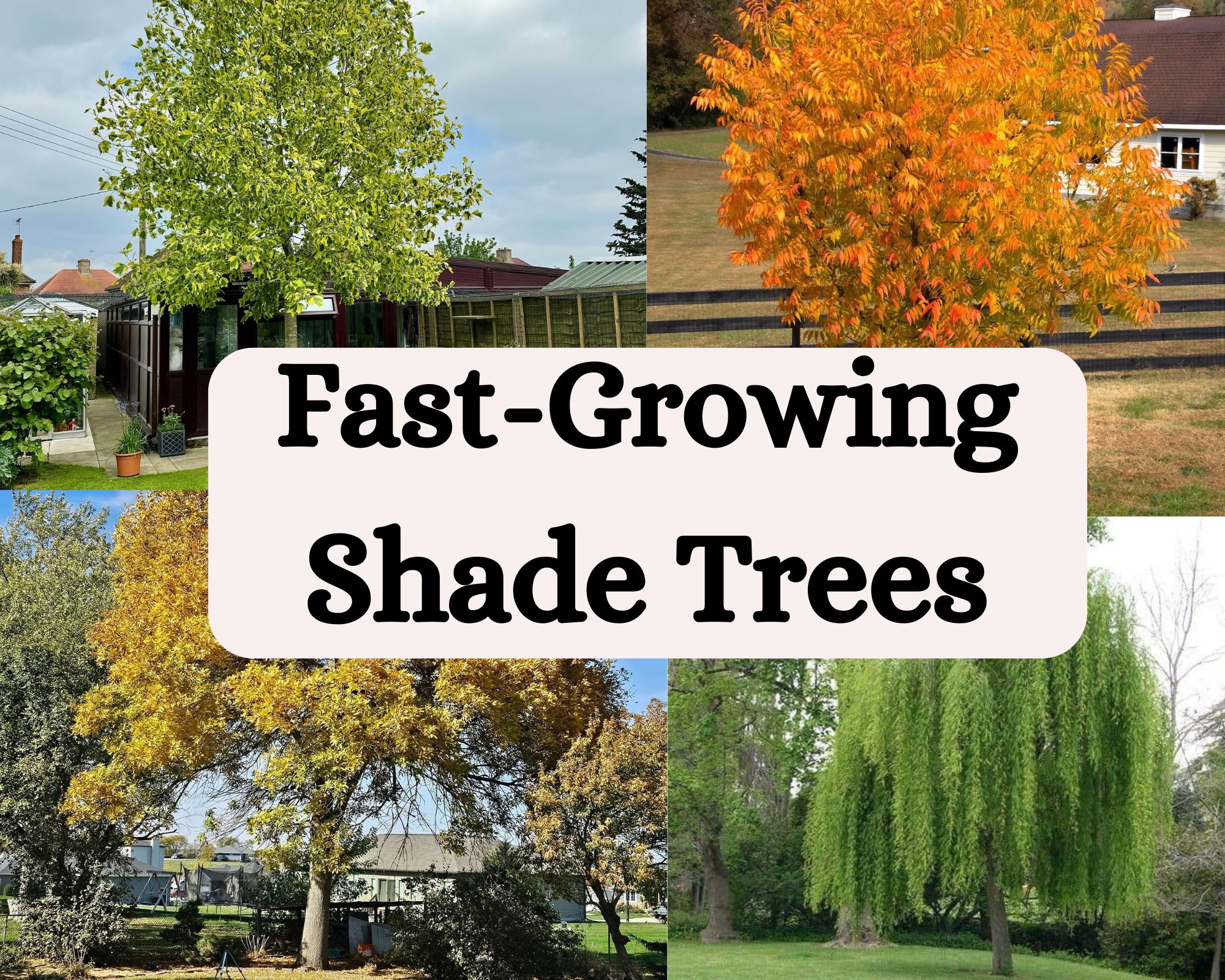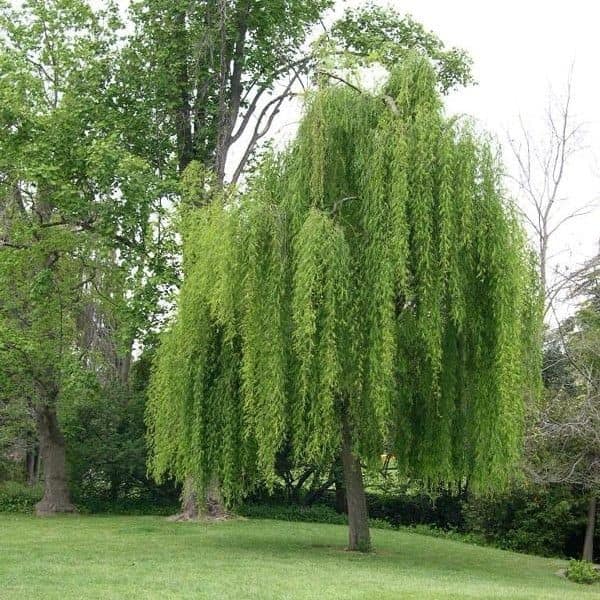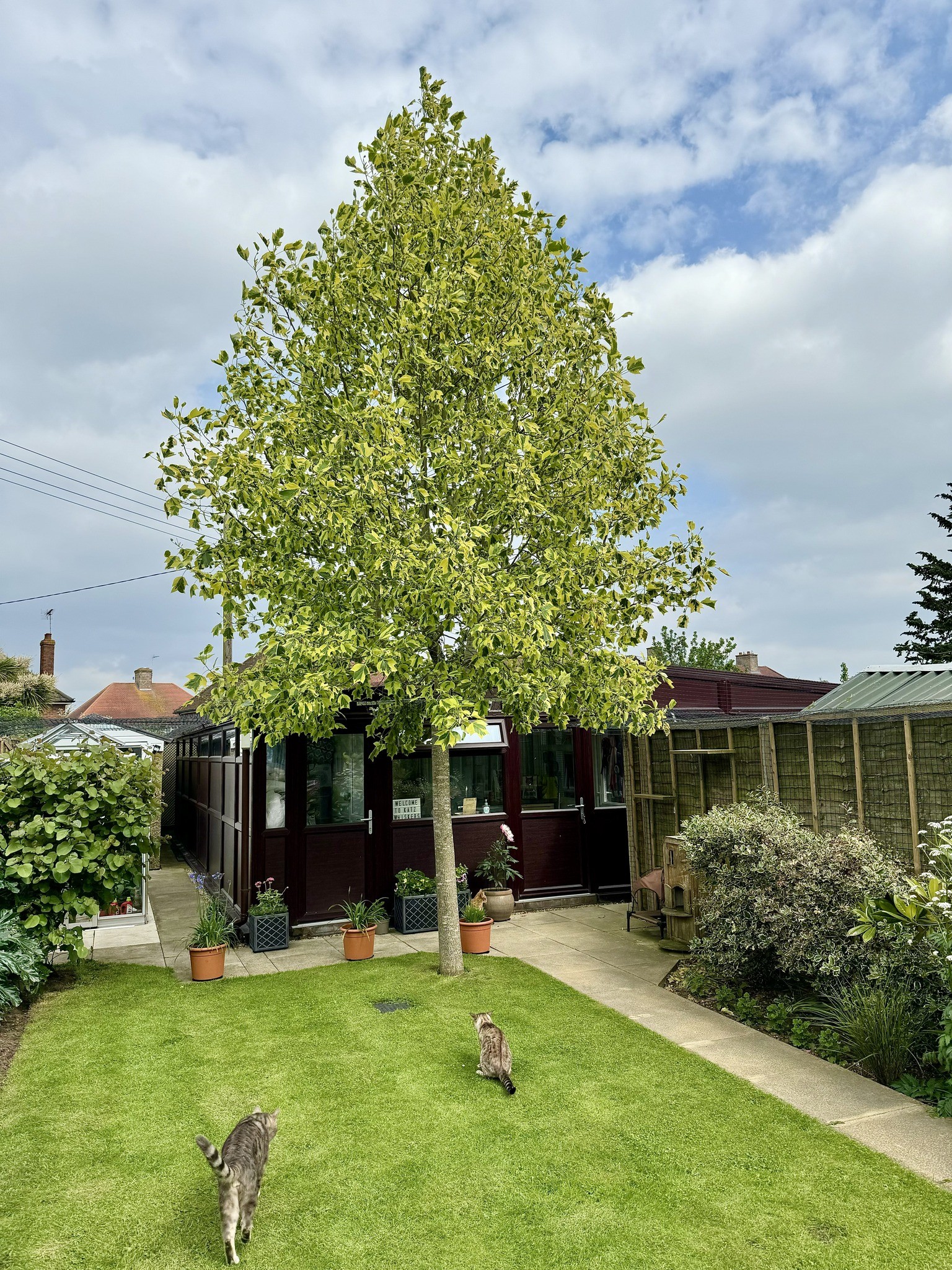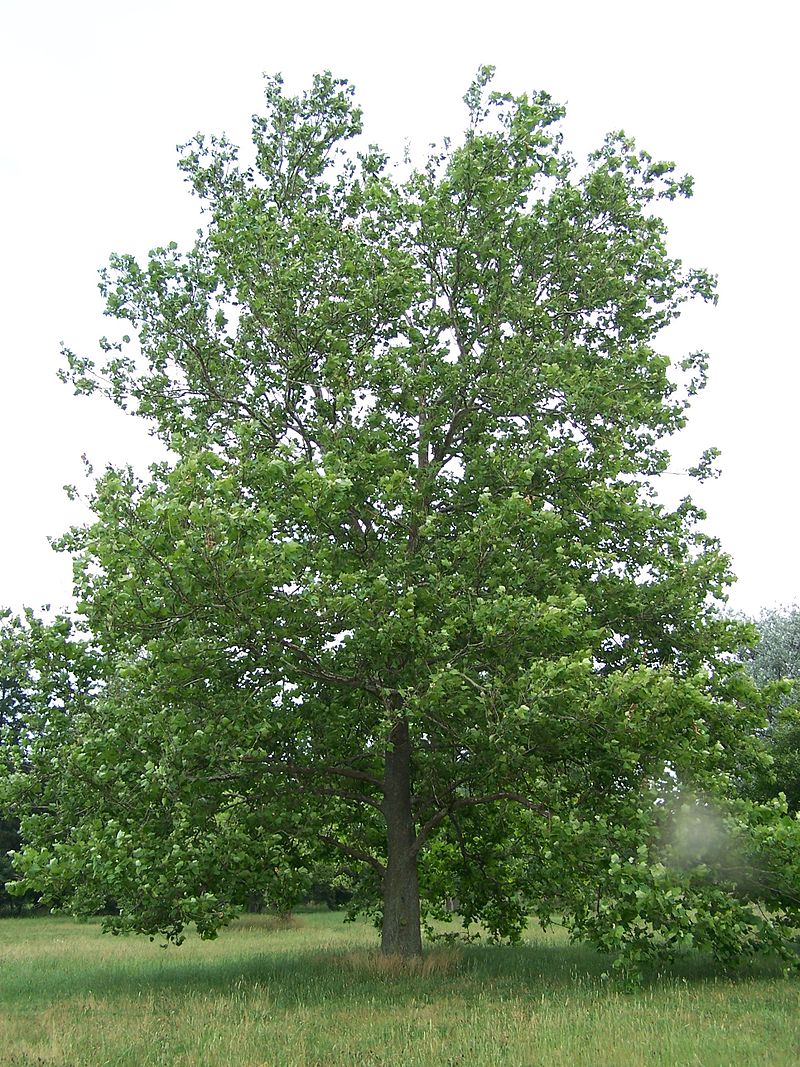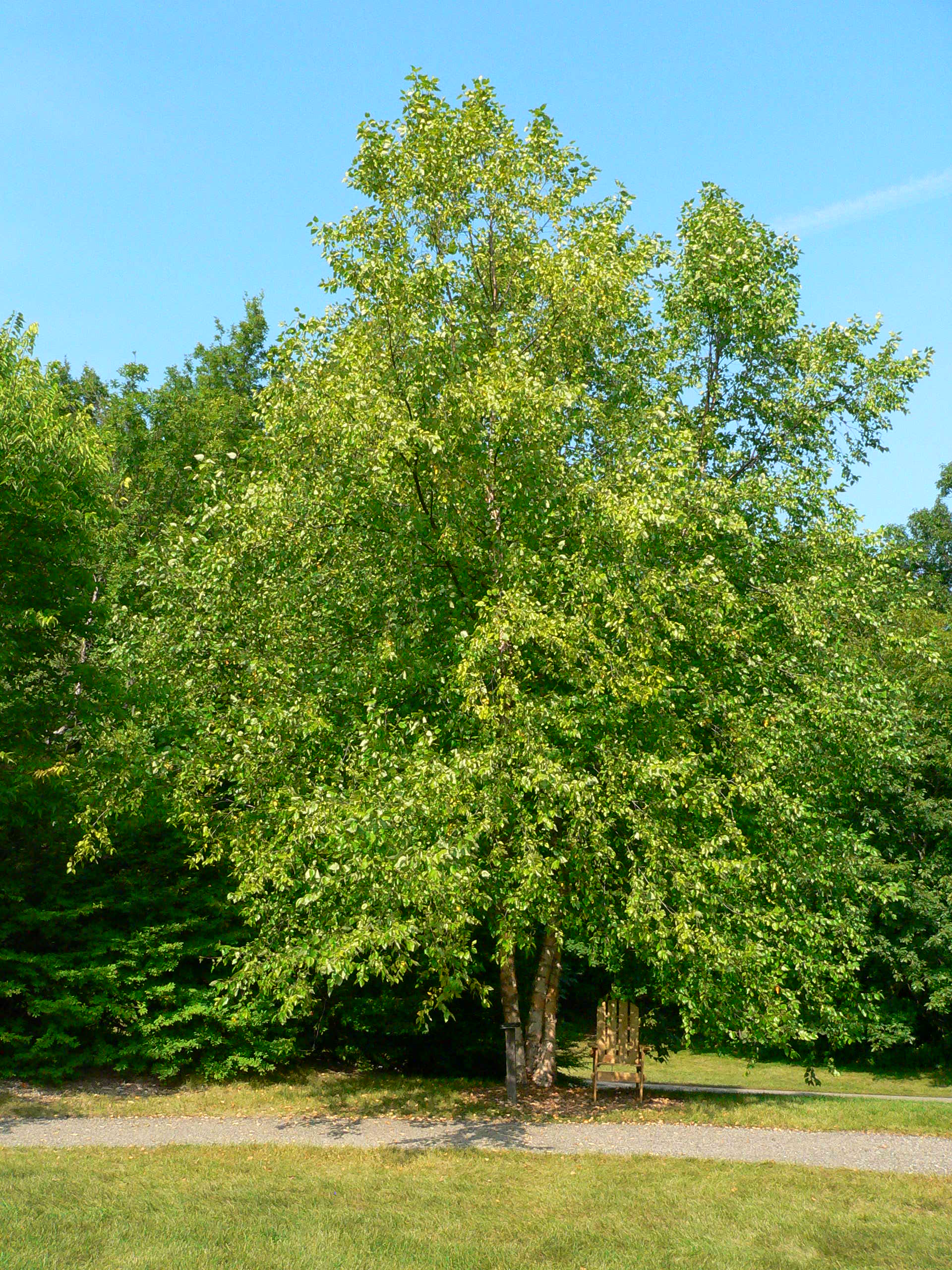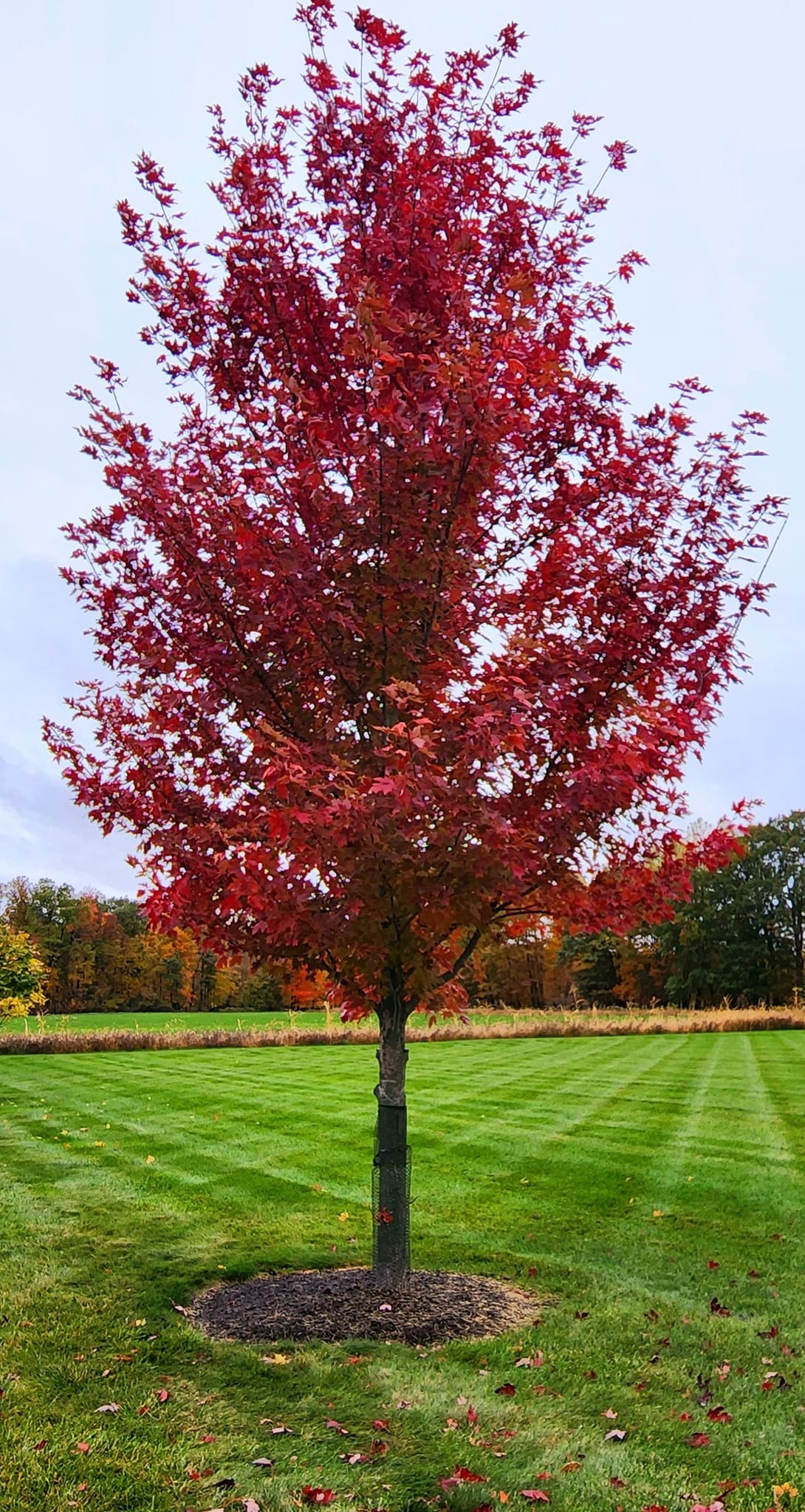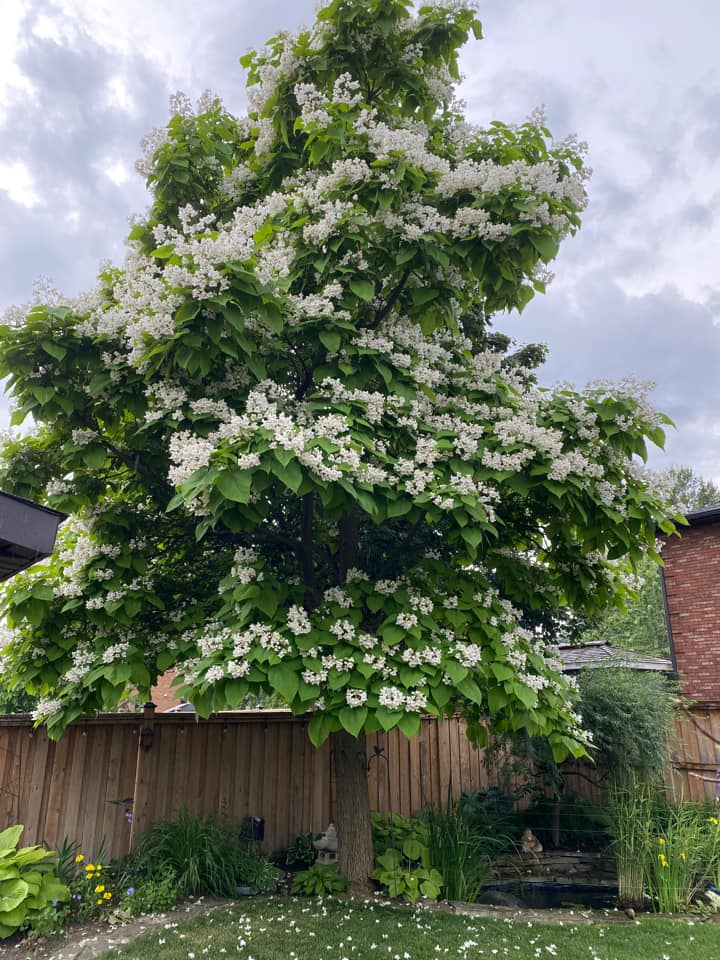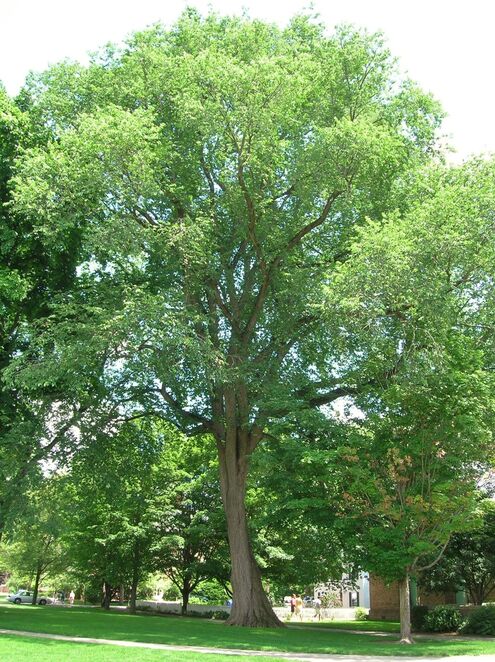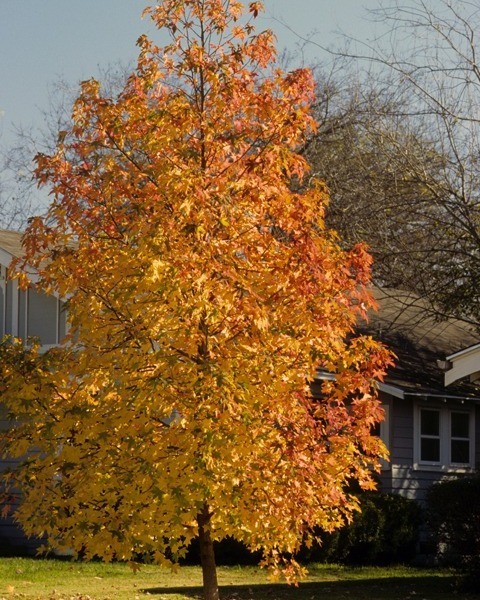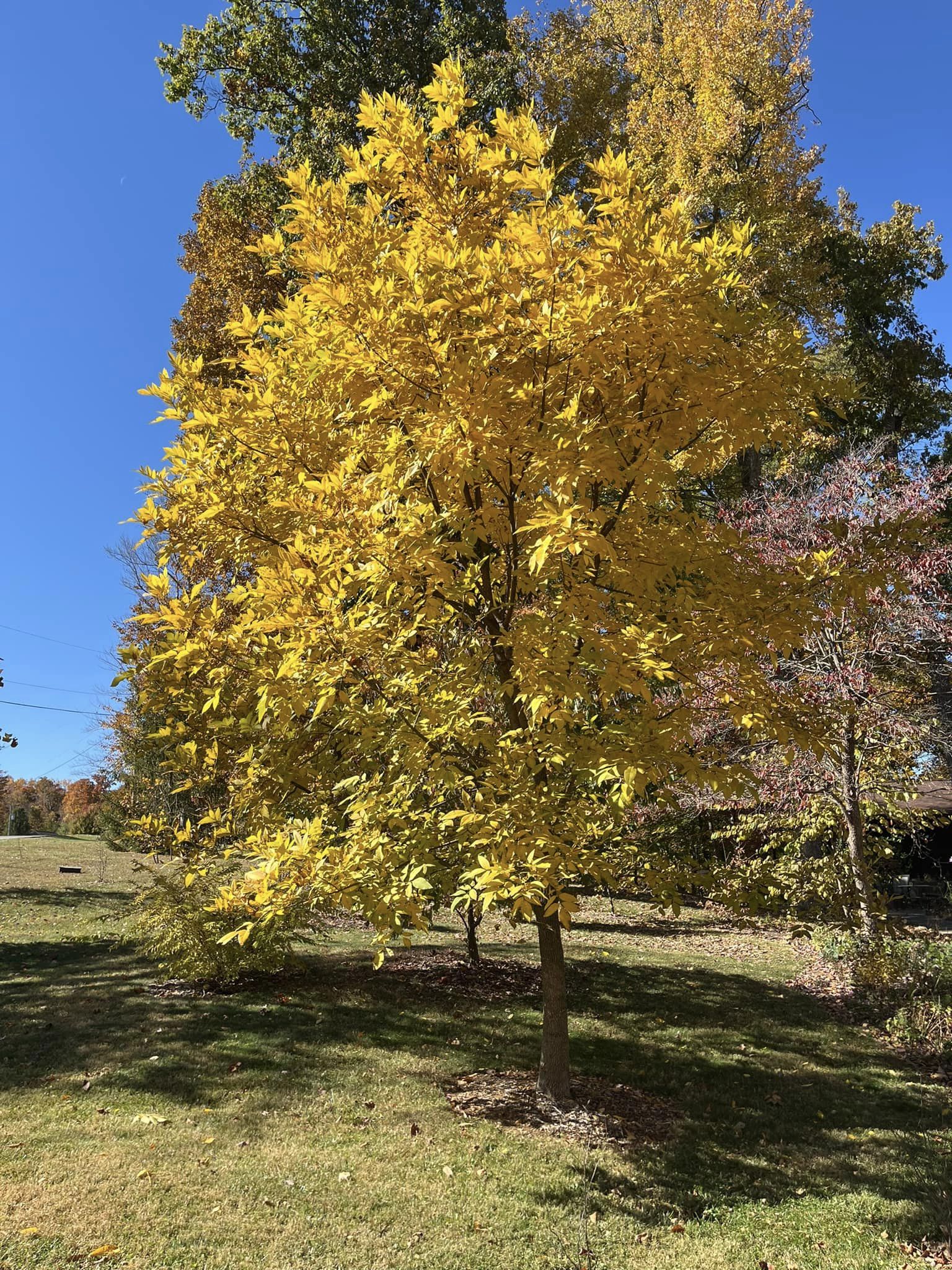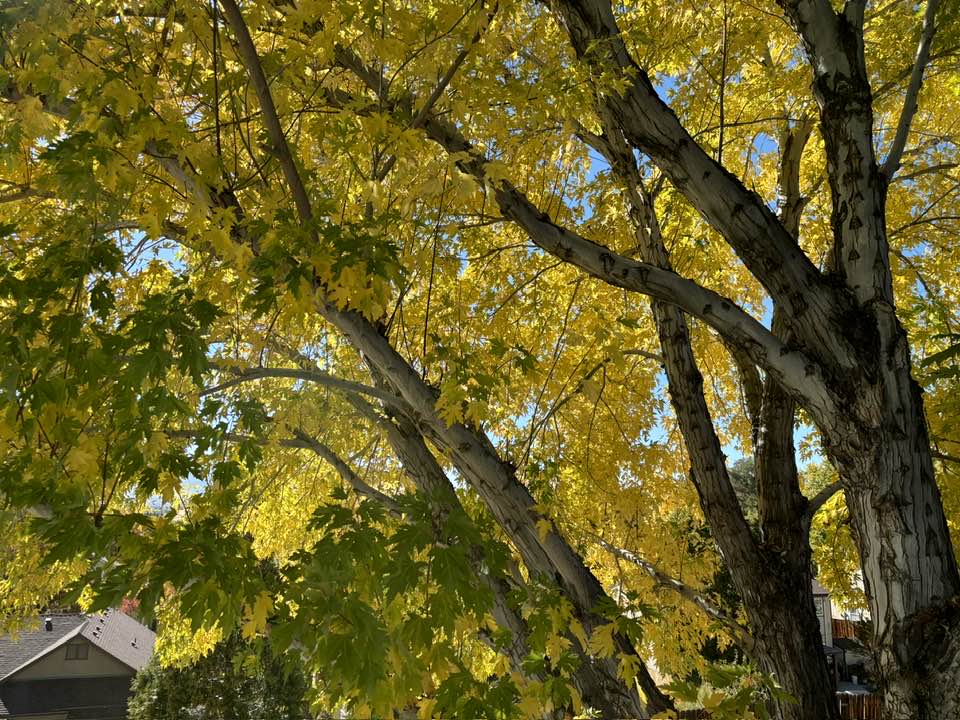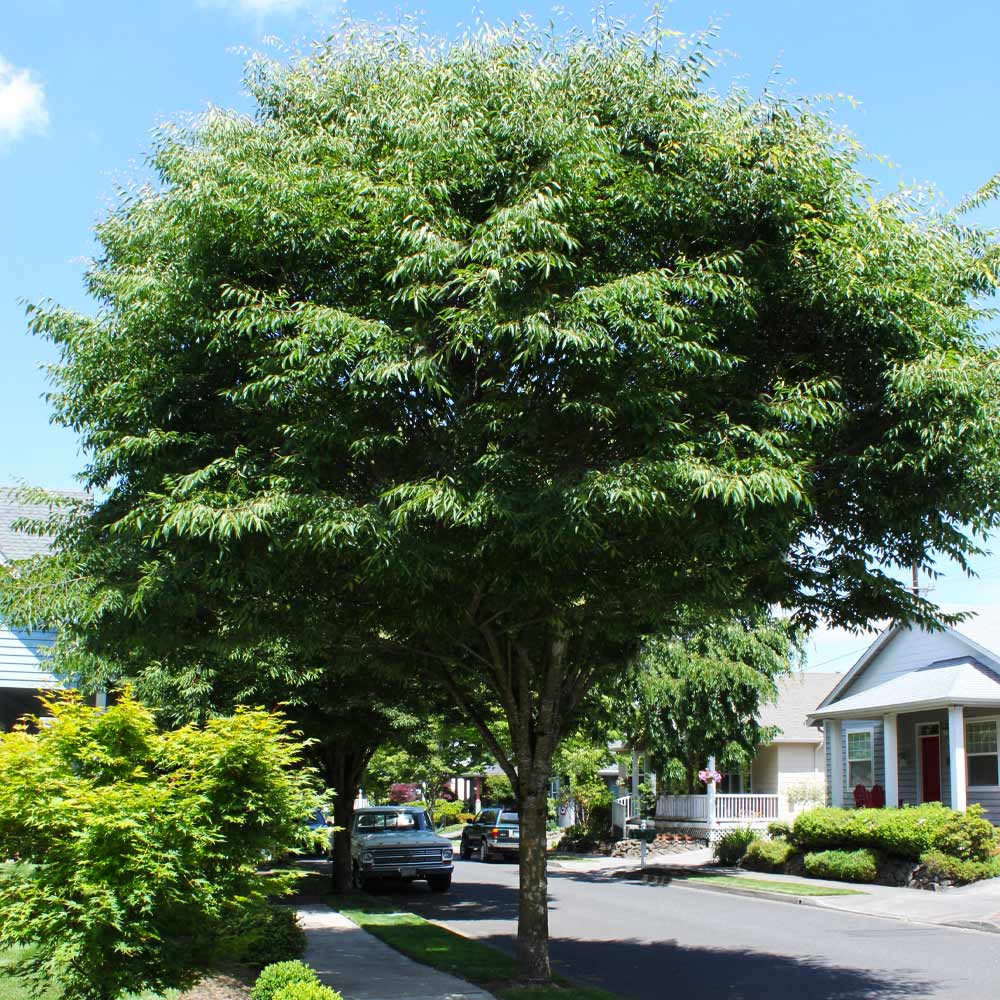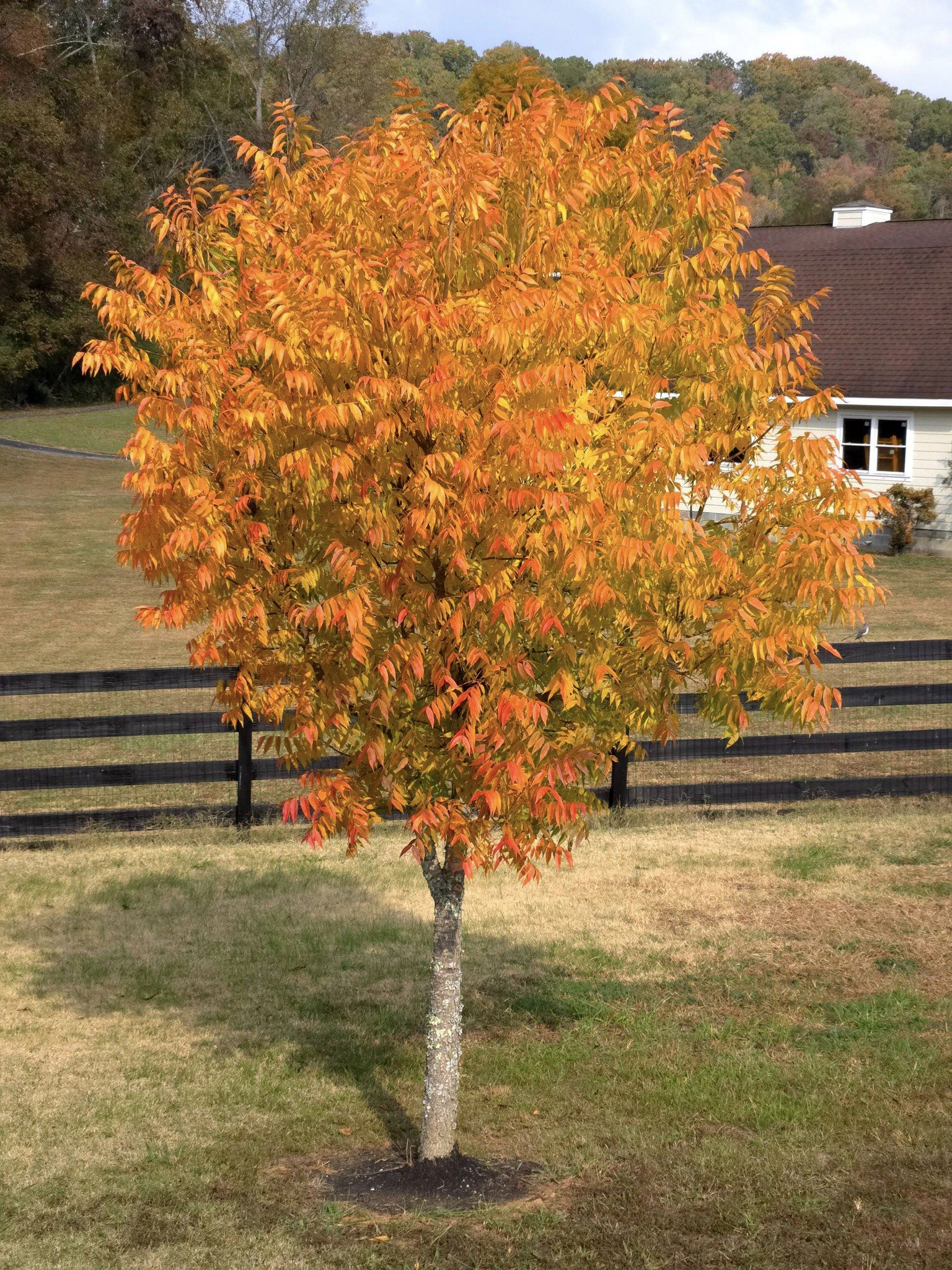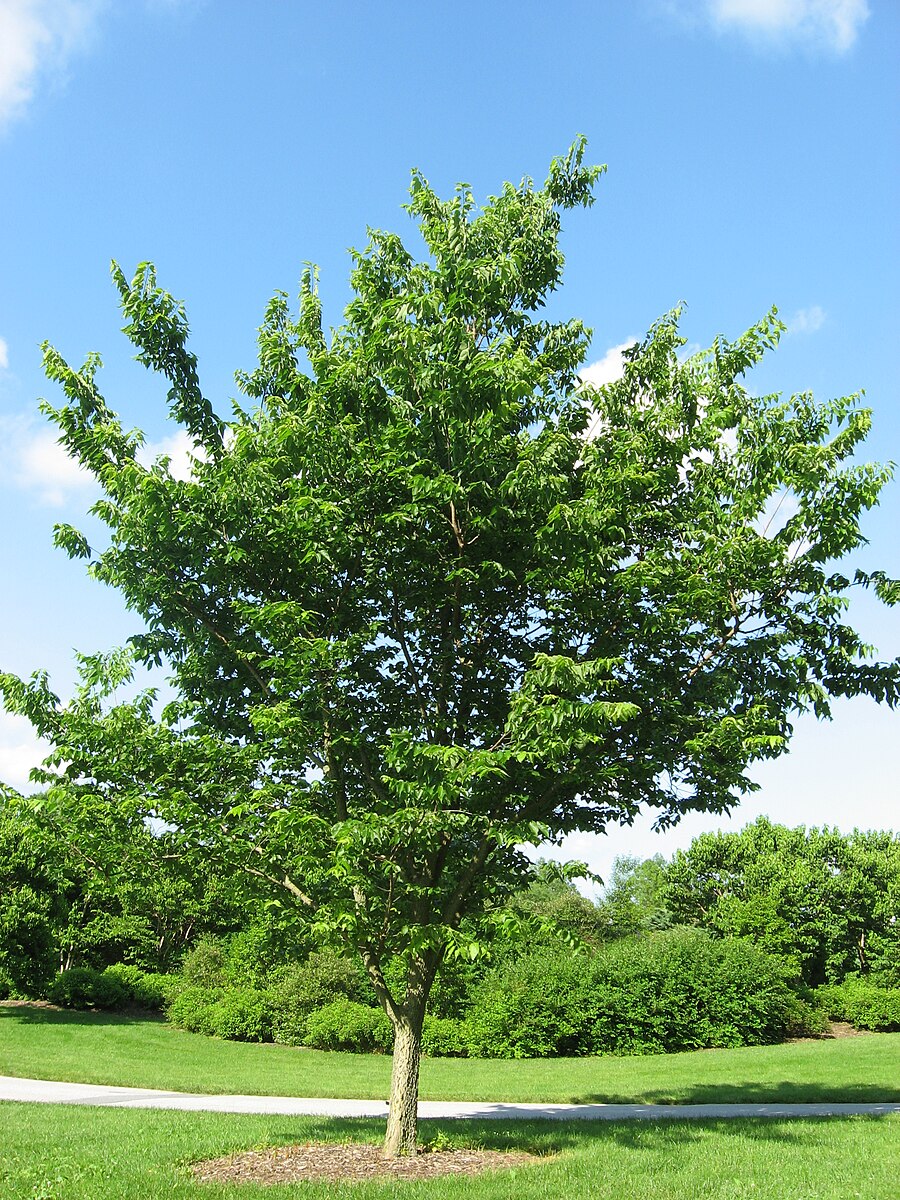When the sun is too much to handle, trees provide much-needed relief. Unfortunately, trees can take several years, even decades, to develop a sizeable canopy, but do not despair. You can speed up the process by growing fast-growing shade trees.
With these trees, your yard or garden will turn into a beautiful, shaded paradise in no time. Besides helping you beat the heat, the foliage and branches of these trees form a natural barrier that keeps unwanted eyes at bay.
So, which fast-growing shade trees should you introduce to your garden or yard? Below are 15 fantastic options.
15 Fast-Growing Shade Trees
1. Weeping Willow
The lush, green foliage and gracefully drooping branches of the Willow all come together to form a picturesque canopy with a whimsical, romantic appearance. This tree is an excellent shade, erosion control, windbreaking, and privacy plant.
A weeping tree makes for a great spot to sit on a sunny day to read, hang out with a friend, or even for a picnic with your partner. Moreover, it will shield your home and other trees from strong winds.
Hardiness zones: 4-10
Growth rate: 3-4 feet annually
Size: 30-40 ft tall and wide
Read More:
2. Tulip Tree
This fast-growing tree is enormous (reaching over 100 feet), so make sure you have enough room on your property to accommodate its size.
The speedy growth coupled with the tall, straight trunk, broad, pyramidal crown, and massive, bright green leaves make the Tulip tree an excellent shade provider.
The Tulip tree is beautiful. Its leaves adorn a yellow hue in fall. It also produces large, yellow, green, or orange tulip-shaped flowers in spring. This stunning tree is Indiana, Tennessee, and Kentucky’s state tree.
Hardiness zones: 4-9
Growth rate: 2-4 feet yearly
Size: 40 ft wide, 70-90 ft tall
3. American Sycamore
Like the Tulip tree, you must have plenty of space for the American Sycamore. This towering North American tree develops an expansive canopy.
You will get lots of shade from this majestic giant. American Sycamore’s large, vibrant green leaves resemble those of a maple tree, and turn muted yellow or brown in fall before dropping.
American Sycamore’s unique, ever-changing bark makes it stand out— it peels, revealing a creamy white inner bark.
Hardiness zones: 4-9
Growth Rate: 3-6 feet yearly
Size: up to 50 ft wide, 75-100 ft tall
4. River Birch
You will appreciate River Birch if organic forestry is your jam. This tree’s pyramidal crown, which becomes rounded as the tree matures, offers ample shade. It forms a multi-trunked structure that makes the plant look graceful and airy.
Before River Birch’s lush, triangular green leaves emerge, its thin, papery bark peels off in cinnamon-colored sheets to reveal a charming inner bark. River Birch also grows delicate catkins, which are tiny, cone-shaped fruits.
Hardiness zones: 4-9
Growth rate: 1-2 feet annually
Size: 40-70 ft tall, 40-60 ft wide
5. Red Maple
This beautiful deciduous tree gets its name for its radiant fall colors—the bright green, palmate-shaped leaves turn brilliant red in fall, forming a spectacular display. Keeping with the theme, red maple also produces tiny, red flowers in early spring.
As a fast grower, the Red Maple provides beauty and shade quickly, igniting your landscape effortlessly and providing a beautiful spot to escape the sun.
Red maple is highly adaptable. You can grow it in most climatic conditions.
Hardiness zones: 3-9
Growth rate: 1-2 feet annually
Size: 30-40 ft wide, 60-90 ft tall
6. Northern Catalpa
This impressive shade tree effortlessly commands attention. Its giant, bright green, heart-shaped leaves, showy, trumpet-shaped, white flowers, twisting branches and trunk, and the bean-like, dangling seed pods combine to create a showstopping tree with enchanting features.
Northern Catalpas prefer well-drained, deep, moist soil and full sun to truly flourish but tolerate wet or dry soils. This tree’s cultivars include ‘Aurea,’ ‘Nana,’ and Hiawatha 2.
Hardiness zones: 4-8
Growth rate: 1-2 feet each year
Size: 40 to 60 ft tall, 20 to 40 ft wide
7. American Elm
American Elm is an iconic plant with a history stretching many centuries back. While it suffered a devasting decline in popularity because of Dutch elm disease, it’s making a comeback thanks to the new, hardy varieties like ‘New Harmony,’ ‘American Liberty,’ ‘Princeton,’ and ‘Valley Forge.’
This gorgeous tree stands out in fall with stunning yellow foliage colors. American Elm forms a distinctive vase-shaped canopy that comprises dense foliage, offering a functional, beautiful shade.
Hardiness zones: 4-9
Growth rate: 3-5 feet per year
Size: 30-70 ft tall
8. American Sweetgum
This tree has a lot going on for it, from the clean, compact crown, glossy, star-shaped leaves, and a dense, symmetrical canopy to gumballs (round, spiky seed pods). American Sweetgum is a prized specimen popular in large yards, campuses, and parks.
American Sweetgum grows fast and offers an attractive shade. Despite preferring moist soils, an established American Sweetgum is resilient enough to tolerate dry conditions.
Its cultivars include ‘Aurora,’ ‘Palo Alto’, and ‘Burgundy.’
Hardiness zones:5-9
Growth rate: 1-2 feet annually
Size: 60-100 ft tall, up to 50 ft wide
9. Green Ash Tree
Consider Green Ash if you want shade in a family yard. This sturdy, deciduous tree shoots up quickly, forming a symmetrical, open canopy as it matures and develops dense foliage that forms a lush shade.
Grow this massive tree in an area with plenty of space, full sun, if possible (partial shade will do) and well-drained soil. Green Ash tolerates urban conditions such as pollution better than most trees. Note that it’s highly susceptible to Emerald Ash Borer.
Hardiness zones: 3-9
Growth rate: 2-3 feet annually
Size: 50-70 ft tall, 30-50 ft wide
10. Quaking Aspen
This tree’s leaves tremble at the lightest breeze because of its flattened stalks, producing a rustling, calming sound. That’s not all; the Quaking Aspen offers dappled shade as its light, airy foliage allows some light to pass through.
Regarding colors, its bright green leaves change into vibrant gold or yellow in fall. This tree produces clones, and of all the trees in North America, the Quaking Aspen boasts the widest range. It suits cooler climates.
Hardiness zones: 1-7
Growth rate: around 5 feet yearly
Size: 40-50 ft tall, 20-30 ft wide
11. Silver Maple Tree
Looking for a shade tree that can thrive in just above any soil, including extremely wet ones? Check out the Silver Maple. You may have seen Silver Maples growing along waterways and wetlands. You can rely on this tree for a quickly established shade that is not only dense but also attractive.
Silver Maple has a shimmering look as the green leaves reflect a silvery-white color. Beware that its shallow, fibrous roots can damage structures like sidewalks and drain pipes.
Hardiness zones: 3-9
Growth rate: 3-7 feet yearly
Size: 50-80 ft tall, 30-50 ft wide
12. Hybrid Poplar
This tree grows at an impressive rate, reaching 40 to 60 feet in 5 to 10 years, so if you want to establish shade super fast, the Hybrid Poplar is a fantastic choice. It has a short lifespan (15 to 30 years), but this should not dissuade you from planting this stunning tree.
Hybrid Poplar has many cultivars, including ‘Nobel,’ ‘Max,’ and ‘Eureka.’ The ‘Max’ cultivar is renowned for rapid growth and developing a dense canopy.
Hardiness zones: 3-9
Growth rate: 5-8 feet yearly
Size: 40-50 ft tall, 30 ft wide
13. Japanese Zelkova
When it comes to providing shade in urban areas, the Japanese Zelkova is a proven, reliable choice as it is highly tolerant to drought, pollution, wind, and heat. In addition, it has an expansive canopy. A mature Japanese Zelkova is hardy and relatively self-sufficient.
Beyond functionality, this tree puts on a show in fall with vibrant foliage colors. The Japanese Zelkova also has an attractive, smooth, gray, exfoliating bark.
Hardiness zones: 5-8
Growth rate: 1-2 feet per year
Size: 70-80 ft tall, 50-60 ft wide
14. Chinese Pistache
You won’t get any edible nuts from this tree. But that’s a non-issue since this gorgeous shade tree is adaptable, hardy, low-maintenance, and puts on a spectacular show in fall with fiery foliage. Also, the Chinese Pistache can live for many decades.
You can grow the Chinese Pistache on the lawn, along the driveway, on the street, or at the edge of your patio, to name a few.
Hardiness zones: 6-9
Growth rate: 2-3 feet yearly
Size: 25-30 ft wide and tall
15. Hackberry
The hackberry is short-lived. However, during its lifetime, it will provide shade with a large, spreading canopy, support wildlife, anchor the soil, and contribute to your landscape’s visual appeal. The hackberry has a unique bark with warty projections and corky ridges.
Hackberry’s leaves are yellow in the fall. This tree also produces edible berries with a somewhat crispy shell and a date-like flavor.
Hardiness zones: 3-9
Growth rate: 1-2 feet per year
Size: 50-70 ft tall, up to 50 ft wide
Conclusion
Yes, a fast-growing shade tree you pick for your landscape must look the part. However, it must also provide the best growing conditions to develop a proper canopy sooner rather than later. Therefore, while picking fast-growing shade trees for your landscape, consider each tree’s height, shape, preferred climate, color, width, and ideal soil conditions.

Hey there, I’m Derek Schew, a writer for Lawnholic.com, where we cover everything and anything related to lawns. As someone who’s spent countless hours tending to my own lawn, I’m passionate about sharing my knowledge and helping others achieve the perfect yard. From lawn care tips to product reviews, I’m committed to providing our readers with the most accurate and up-to-date information available. So whether you’re a seasoned lawn enthusiast or just getting started, I invite you to join our community and discover the joys of a lush, green lawn.

